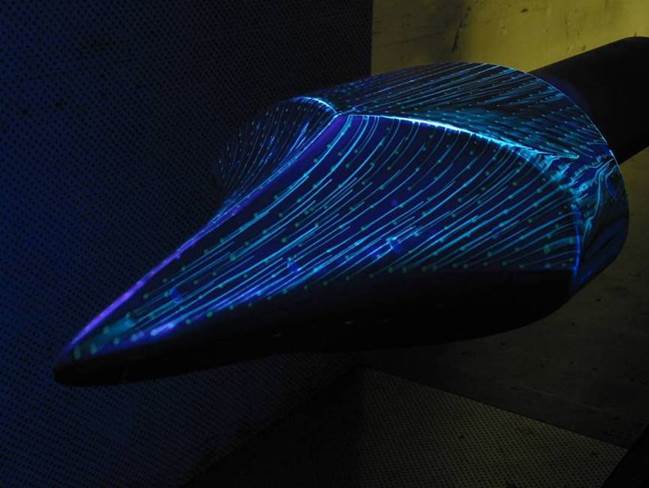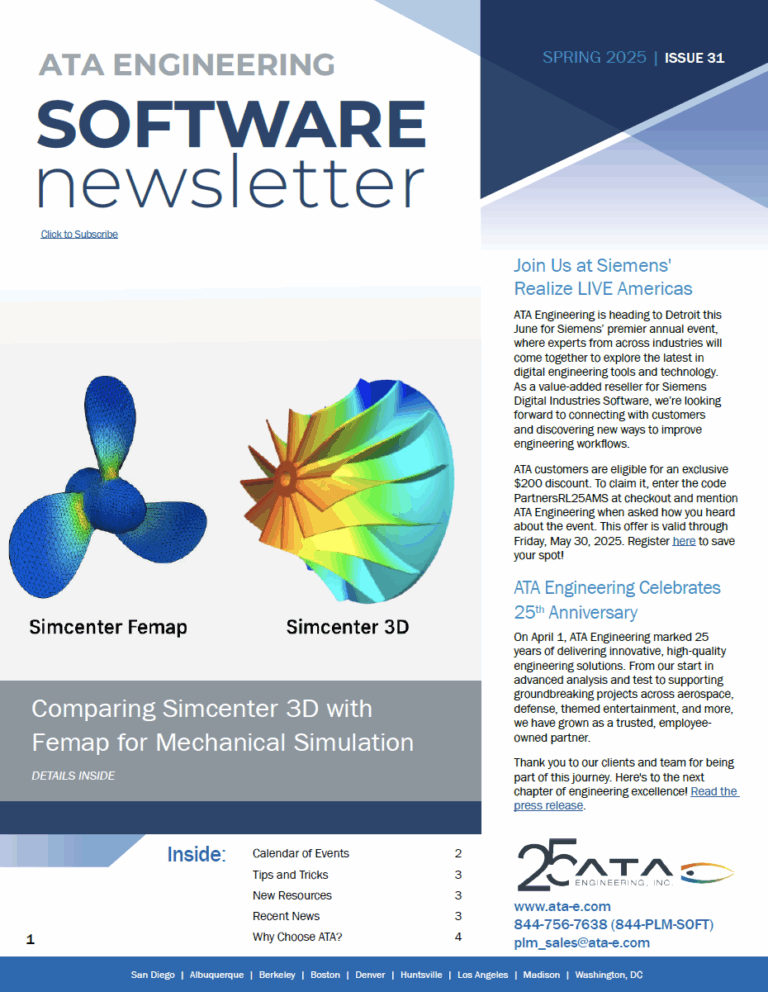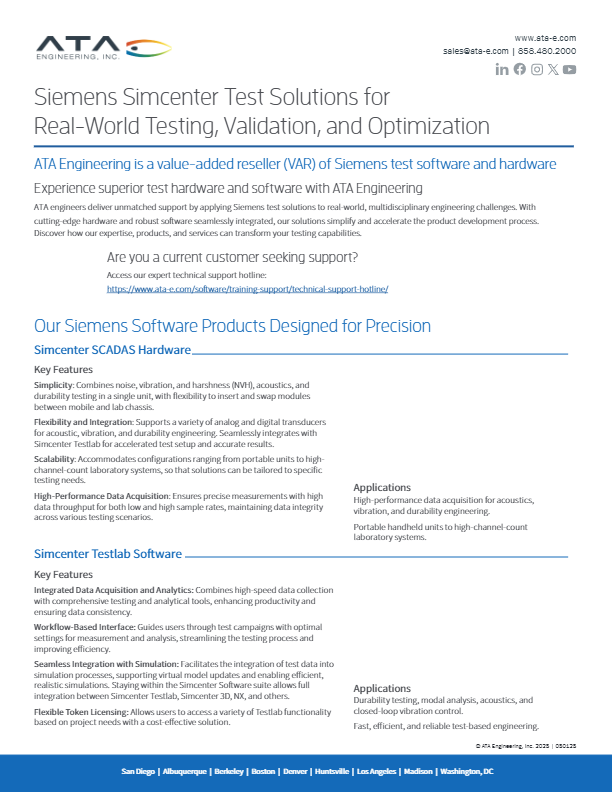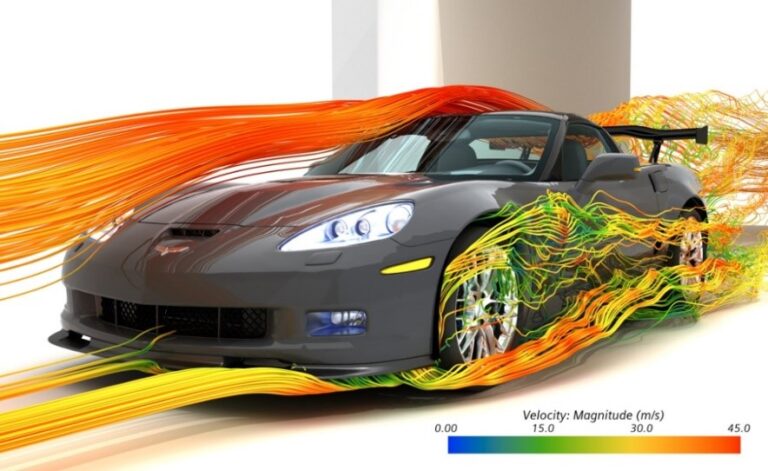Test–analysis correlation is the critical step in adjusting the FEM to minimize the differences between the test results and the FEM predictions. In the case of modal testing, this involves adjusting the FEM mass and stiffness properties so that they are consistent with the test configuration. For static and dynamic loads analysis, correlation of testing results for specific load cases can be done to validate model predictions.
ATA’s expertise in performing analysis, often in preparation for a testing program, means that we are perfectly suited to the test–analysis correlation process as well. Our analysis and test engineers work closely together and often participate in all phases of modeling and testing activities.
Validation of a FEM used for dynamic predictions is a key task in aerospace analysis activity. A modal test is performed to verify the predicted frequencies and mode shapes while also obtaining damping estimates for making dynamic predictions. A valid FEM is achieved by comparing the modal test results to the analysis predictions and making adjustments to the FEM until satisfactory comparison is achieved. Frequency comparisons are made for matching mode shapes, and mode shape comparisons are checked via cross-orthogonality computations between the test and analysis shapes. Mass and stiffness adjustments to the model are made to achieve good test–analysis correlation. ATA has developed a specialized MATLAB-based tool called Attune for conducting this comparison along with model updating to achieve a correlated FEM.

Predicting stress distribution and fatigue behavior is achieved through design analysis, which is confirmed by correlation to test results. In some cases, static loads can be used to compare testing results to confirm that a FEM can properly predict structural behavior. In other situations, dynamic loads must be validated to achieve a good predictive model. ATA has expertise in using test measurements guided by FEM predictions to assess FEM quality. Test load cases and measured stress results can be directly related to the model predictions, allowing adjustments to the model when there are deviating results.

FEATURED Case Studies
Hyper-X Flutter Analysis
NASA’s experimental scramjet flight vehicle, the X-43, defies the current standard of jet engines. Instead of carrying the oxygen required for combustion, the supersonic combustion ramjet, or scramjet, has the potential to revolutionize space travel as the first implementation of an air-breathing ramjet engine.
FEATURED Technical Paper
Structural System Testing and Model Correlation: An Industry-University Collaborative Course in Structural Dynamics
FEATURED Technical Paper
New Technologies for Test-Analysis Correlation
Connect with us to discuss how our advanced multi-disciplinary team can help you achieve your engineering goals.











